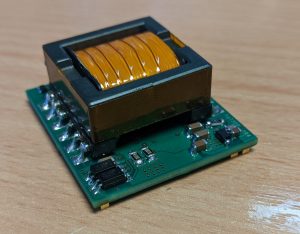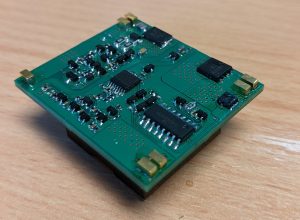New Ag7300 - 120W boost Converter
New Ag7300 - 120W boost Converter
To expand the range of DC/DC converters for SELV power distribution. This Ag7300 provides a nominal 55V output up to 120W, from an input supply of 18 – 36V. With a small SMT package footprint of only 35 x 40mm.
Ideal accompaniment for the Ag6800 to make a POE injector or single port PSE.


First Engineering samples should be available Q1 2023.
ISE 2023 Barcelona
ISE 2023 Barcelona 31st Jan – 3rd Feb 2023
Silvertel will be exhibiting at the ISE Barcelona 2023, as part of the HDBaseT Alliance.
signing of a supply agreement with Mouser
Signing of a supply agreement with Mouser
Silvertel are delighted to announce the signing of a supply agreement with Mouser, the world-wide electronic component marketing specialist, to carry our product. Our products can be found on Mouser’s website from the 1st June.

